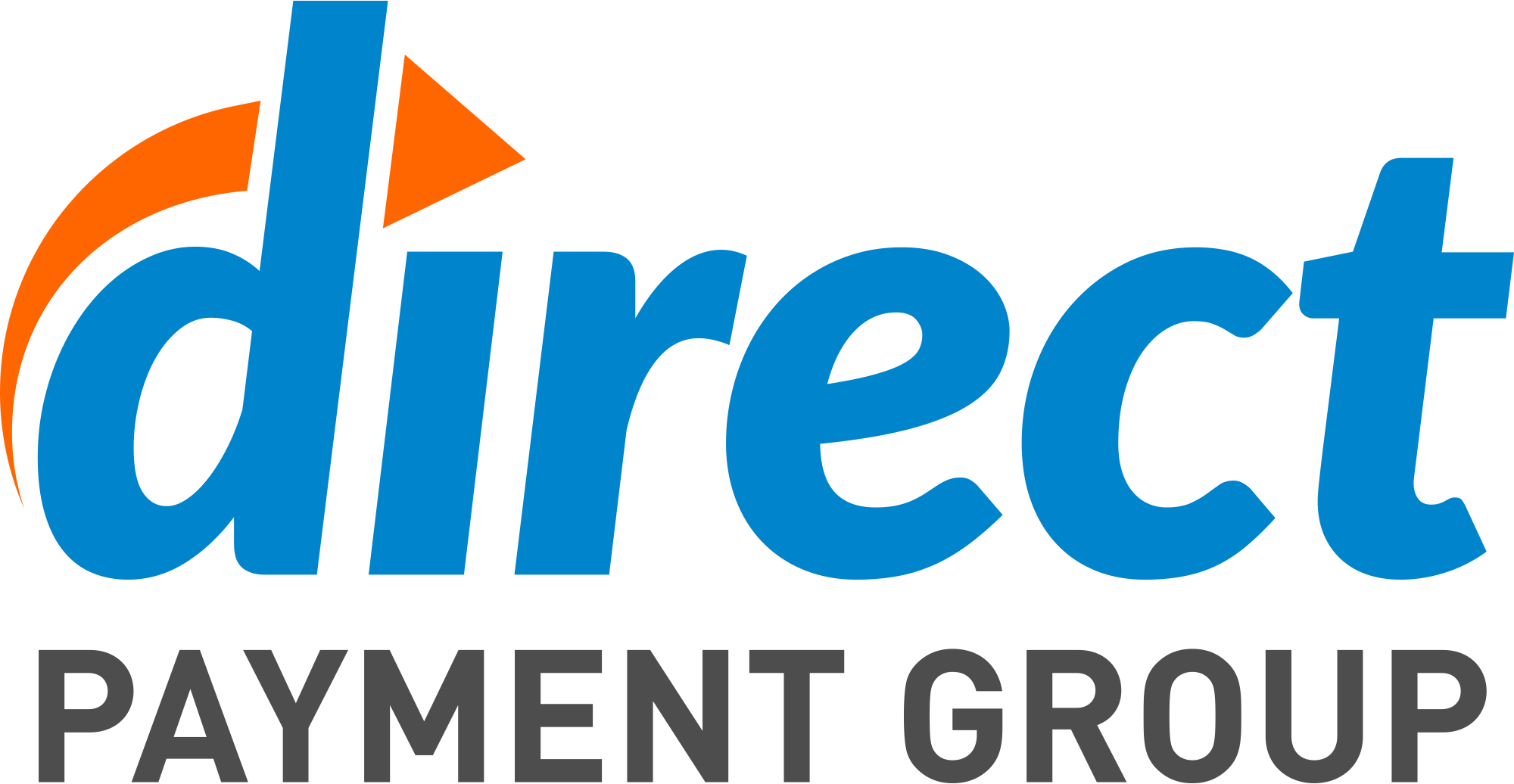Surcharging, Cash Discounting, and the Right Way to Do Business
What is a Surcharge?
What is Cash Discounting?
The name says it all: cash discounting rewards the customer with a lower total cost when they pay with cash. Not only does cash discounting give the customer a break it allows merchants to keep more of their profits rather than siphoning off 3%-4% in credit card processing fees. Seems like a win-win, right? Hold it, there are some rules to consider.
In a 2018 bulletin, Visa explicitly states that merchants may offer the card holder a cash discount when using payment methods other than a Visa credit card (cash or debit card), provided the offer is clearly expressed in the establishment’s advertising.
Transparency is the key. To take advantage of cash discounting, according to Visa’s standards, the merchant needs to display total cost with surcharges, without surcharges, and explain the disparity.
Visa does not like surprises, so be sure that your signage is displayed along a clear sightline before the customer reaches the POS. Revealing an added fee or special sale price after the cash register has rung is a no-no and is out of compliance with Visa guidelines.
Cash discounting is worth the effort for a lot of reasons:
- The practice is fully compliant in all states (unlike surcharges)
- It offers customers the chance to save money if they have cash on-hand
- The merchant need not lose a percentage of the total sale to processing fees
Gas stations have been doing it successfully for a while, and Visa cites them as being the proper template by which all businesses should pattern their cash discounting offer.
So it’s clear…cash discounting beats credit cards and surcharges hands-down, right? It’s not quite that simple.
As a Business Owner, What Are Your Options?
Everyone likes saving money, but does that mean you should adopt a cash- or debit card-only payment model? Probably not.
Though customers enjoy receiving a discount on small purchases, most do not carry enough cash to pay for major appliances or expensive auto repairs.
As we inch closer to a cashless society, more and more people welcome the convenience of paying with credit cards, and a 3%-4% surcharge is just the cost of that luxury.
So as a business owner, what do you do? One option is to raise prices across the board to cover surcharges; make the pay-by-cash and the pay-by-credit price the same, and thereby absorb processing fees no matter how payment is made. This is great, provided your customers never question your pricing or do any comparison shopping (and we both know they will).
Another option is to just accept that credit card processing fees are a cost of doing business and try to find a service provider willing to give you the same level of service at a better price. This is a roll-of-the-dice approach, and you will inevitably incur surcharges for months or years, and thousands of transactions, before finding that special deal.
A third option, which is gaining popularity, is to adhere to the Visa model of setting your total prices to include surcharges, but offering a discount for paying cash. Customers will appreciate the chance to save a little money but won’t feel cheated for using their credit card.
Making a Pricing Model Decision
For most companies, a hybrid approach with the customer’s convenience in mind is the way to go. On the backend, you should look for ways to optimize your SaaS recurring payments so that your fees are stable, affordable, and fit easily into your budget. Shop around for the right payment processor to be sure you’re getting the best deal possible on processing fees.
Want to learn more about payment processors, surcharges, and offering cash discounts? Keep an eye out for future posts, coming soon. Can’t wait? Contact us today to review your payment processing options.






